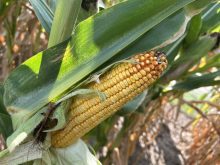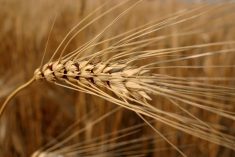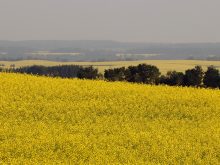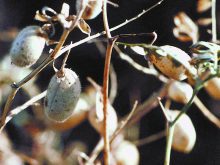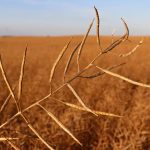A new commodity exchange will make Canadian pulses more competitive for sales into the Middle East and North Africa, says a major buyer from that region.
The Dubai Gold and Commodities Exchange opened for business on Nov. 22.
At first it will trade only gold but within nine to 12 months the exchange is expect to offer futures contracts on pulses, said Sudhakar Tomar, director of Hakan Agro-Commodities Trading Co., a large pulse buyer located in Dubai, United Arab Emirates.
Tomar told delegates attending the Processing for Profit conference organized by Saskatchewan Agriculture and Saskatchewan Pulse Growers that the new exchange will facilitate trade with far away places like Canada.
Read Also
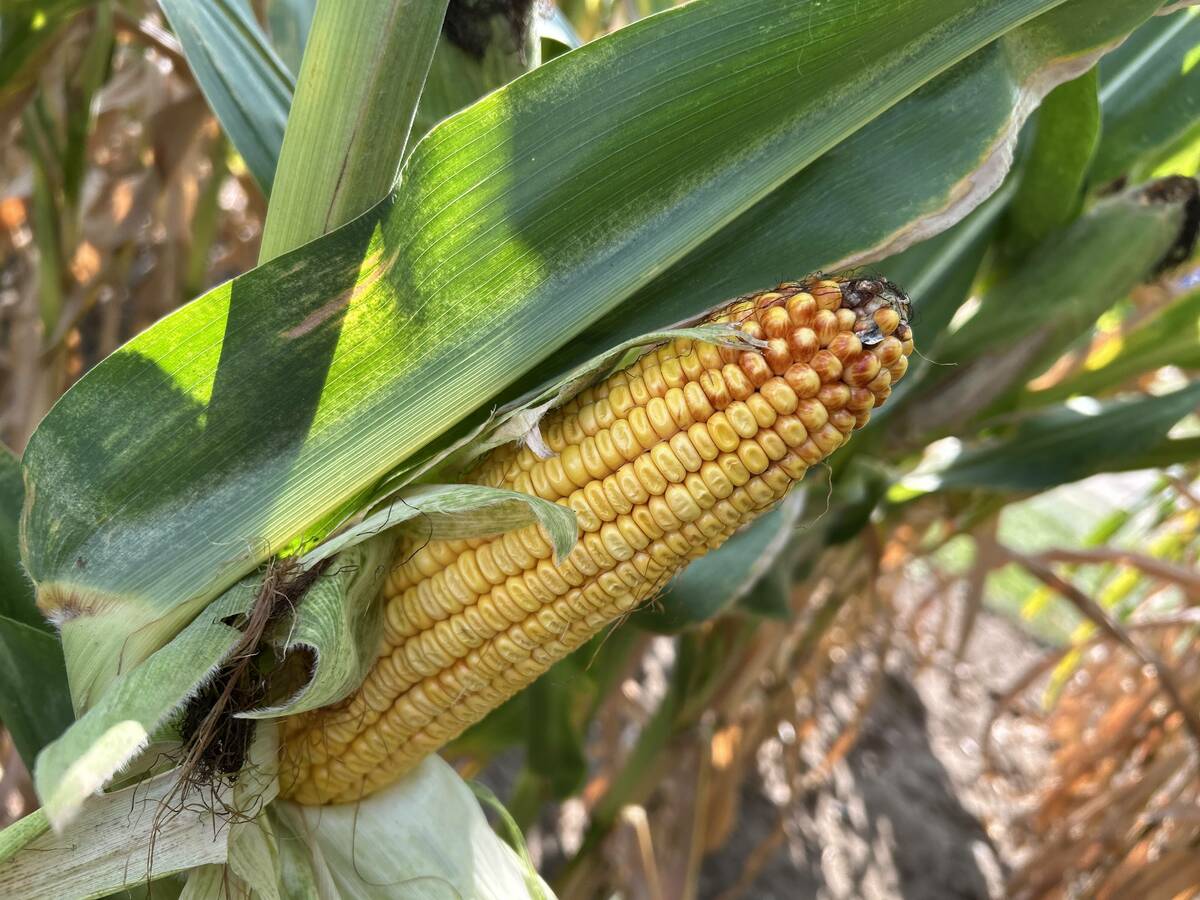
Crop estimates show mixed results
Model-based estimates used by Statistics Canada showed the 2025/26 crop year has seen increases in canola, corn for grain, oats and lentils production while seeing dips in spring wheat, durum wheat, soybeans and barley in comparison to 2024/25.
The Middle East and North Africa, also known as MENA region, accounts for nine percent of the world’s population and 18 percent of the global trade in pulses.
“It competes closely with the Indian subcontinent as the largest importer of pulses,” said Tomar.
In recent years Canada and Australia have replaced Turkey and Syria as major exporters of whole lentils and chickpeas into the 24 MENA countries, which import a combined 1.5 million tonnes of pulses annually.
But Canada is saddled with a transportation disadvantage compared to nearby exporters like Turkey, Iran, Iraq, East Africa, Myanmar and the Commonwealth of Independent States, which consists of former Soviet Union republics.
The new exchange in Dubai should help mitigate that competitive disadvantage, said Greg Simpson, president of the Western Canadian Marketers and Processors Association.
“This is extremely important, especially right now when we are long commodity,” he said, referring to the large supply of pulses.
It takes two months to ship a load of lentils from his plant in Moose Jaw, Sask., to an importer in Dubai, exposing the buyer to considerable risk that lentil prices will drop while the product is in transport.
That risk is especially acute in a year like this when there are millions of tonnes of Canadian pulses looking for a home overseas. Bloated supply has created a weird dynamic in lentil markets.
“As prices went down we actually drove demand away,” Simpson said.
“People just quit buying when there was lots of product there. They were fearful of buying and losing money.”
Once pulse crop futures are offered on the Dubai Gold and Commodities Exchange, MENA importers will be able to hedge against the risk of a falling price, which should create more trade with Canada and other distant suppliers, said Simpson.
Annual food imports into the MENA region amount to $35 billion US and that total is expected to grow in coming years. Tomar said the region needs to improve its protein supply by 300 to 700 percent over the next 25 years as population continues to explode in an area with a limited land base.
Canadian exporters shipped $30 million worth of lentils into the Middle East in 2004 and are well positioned to expand that business. But there are areas that need improvement, said Tomar.
“We feel as buyers there are not enough parameters in quality specifications,” he told processors at the conference.
Shipments of Canadian lentils and chickpeas do not list details such as moisture content, wrinkled seed percentage and colour.
“The clearer the specification, the better it will be for the trade,” he said.
Garth Patterson, executive director of Saskatchewan Pulse Growers, asked Tomar if such quality details need to be enshrined in Canadian Grain Commission grading standards, which are under review for lentils.
Tomar said that wouldn’t be necessary.
“Your grading system has given way to these (extraneous) specifications so if these specifications are more elaborate and cover all the parameters, I think we will more or less have all the problems solved,” he said.



